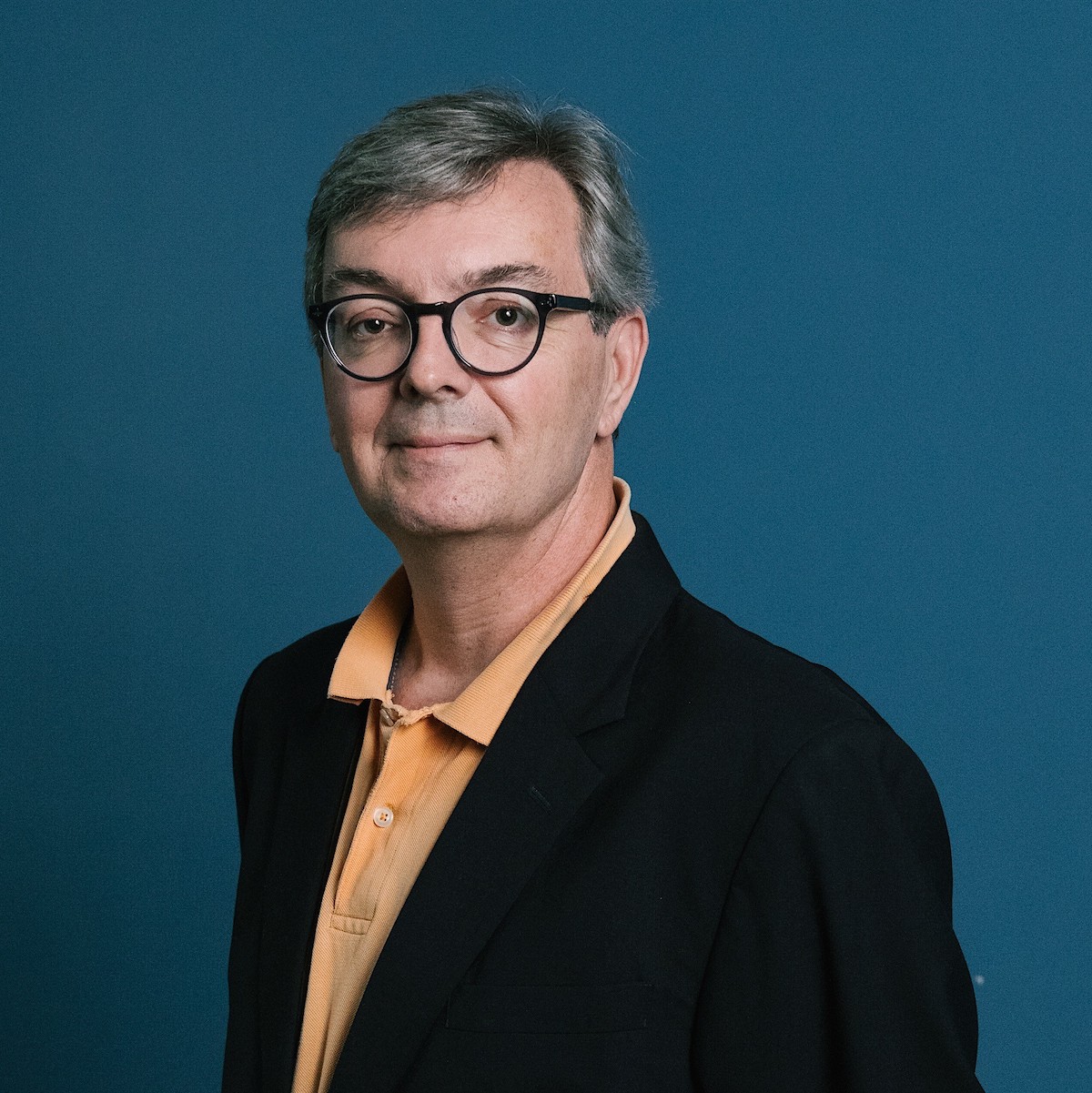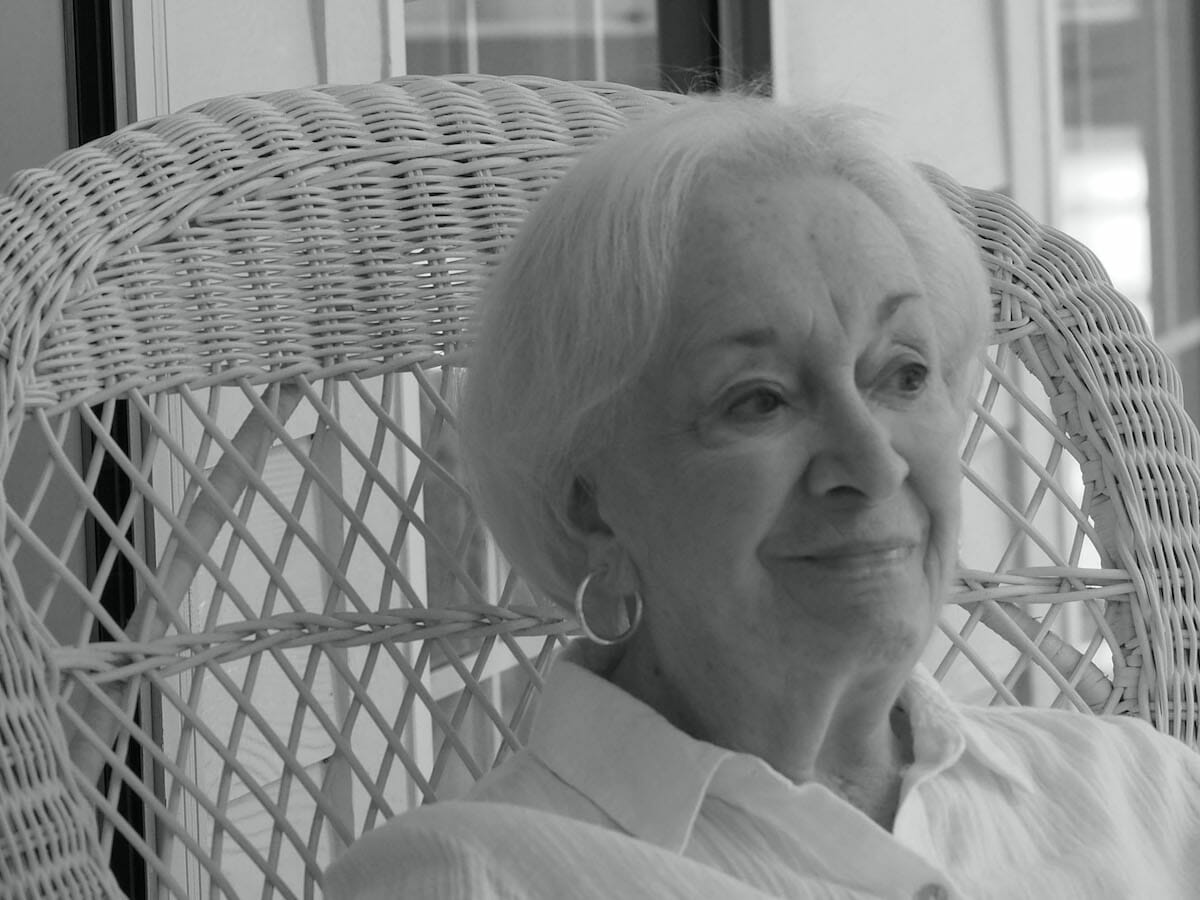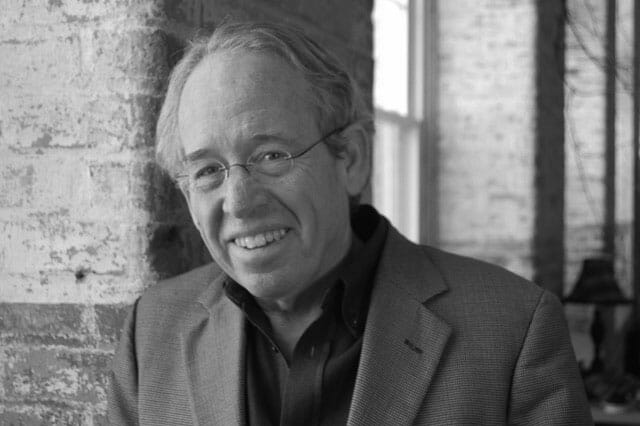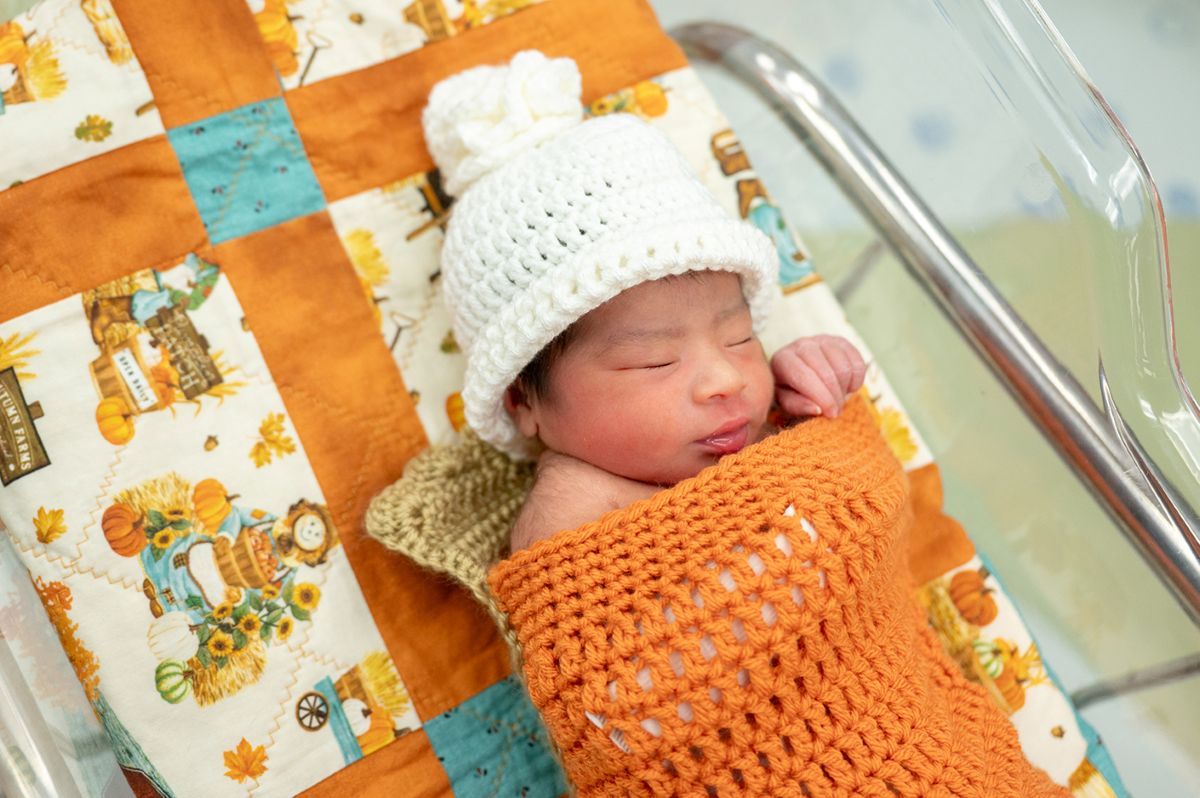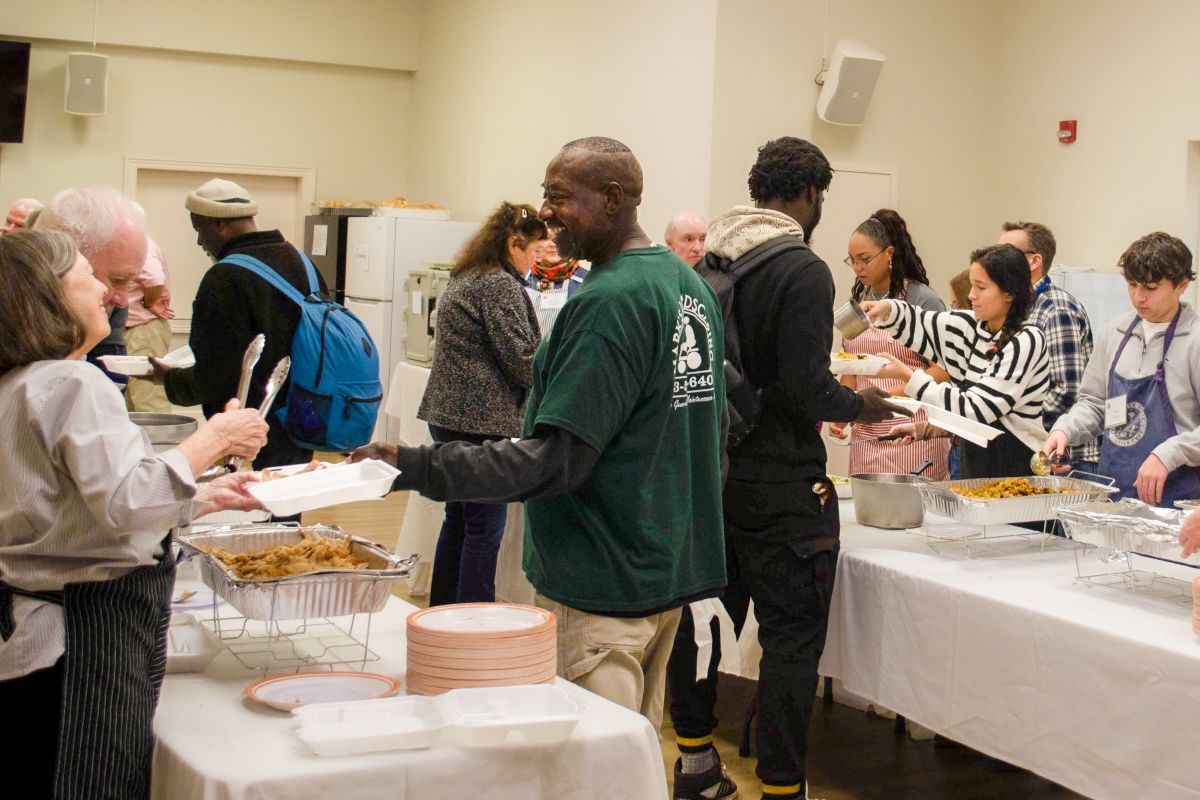By Andy Brack
Part of life is death. It can be painful, agonizing, emotional, numbing and scarring – for patients and surviving family members and friends.
Fortunately, there are good people who provide trained care to help make the passing of someone easier for the person who is departing and for those preparing to mourn.
These are the professionals of hospice, who step in at the end of one’s life to make last days easier, more comfortable and of better quality when pain from cancer or crippling dementia from Alzheimer’s takes over. Hospice caregivers generally work at a patient’s home where they team with primary caregivers, often loved ones, to help the person who is transitioning to manage pain and deal with everything from keeping clean to going to the bathroom.
In recent years, about 1.5 million to 1.7 million Americans used hospice services annually at the end of their lives, much of it paid through Medicare for people 65 and over. But according to the National Hospice and Palliative Care Organization, twice as many people could benefit from soothing hospice care. And more than 80% of Americans don’t really understand what hospice is.
So here’s an easy-to-understand explanation: It’s care, not a cure. It’s a way for someone to die with dignity and compassion in their home, often surrounded by family members.
In a powerful book titled “Being Mortal,” Rhodes scholar and Harvard-trained surgeon Atul Gawande concluded while modern medicine can keep people alive longer, its use at the end of someone’s life – particularly those with terminal illness – might be less appropriate than for someone to die at home and in some comfort. The end of the life of his father, also a doctor, at home had a particular impact.
“We’ve been wrong about what our job is in medicine,” he wrote. “We think our job is to ensure health and survival, but really it is larger than that. It is to enable well-being. And well-being is about the reasons one wishes to be alive.”
Later he wrote it was encouraging that more patients were seeking palliative care at the end of life.
“Sometimes we offer a cure, sometimes only a salve, sometimes not even that. But whatever we can offer, our interventions, and the risks and sacrifices they entail, are justified only if they serve the larger aims of a person’s life. When we forget that, the suffering we inflict can be barbaric. When we remember it, the good we do can be breathtaking.”
One South Carolina hospice professional said giving end-of-life care is the kind of work most people would find incredibly tough because it involves helping people at what may be the hardest time in their lives.
“Yes, there are very hard days, and yes there are those patients and families that you inevitably take home with you and cry with or cry for,” she said. “But guiding people through the difficult time, empowering them with the knowledge and ability to make those difficult decisions a bit easier and more peacefully is extremely rewarding.”
She said hospice care often helps patients feel some control in an uncontrollable situation at the end of their lives.
“The hospice philosophy of not seeking aggressive treatment can be difficult for people to wrap their minds around, but offering someone the chance to die living instead of live dying – and to understand they can make those choices – is often the last and most dignifying opportunity we can give them.”
Hospice care really helped my sister, Catherine, who died two weeks ago. And it helped our family. For that, we are eternally grateful.
Catherine Coleman Brack, 1969-2024. Rest in peace.
Andy Brack is editor and publisher of Statehouse Report and the Charleston City Paper. Have a comment? Send it to feedback@statehousereport.com.


